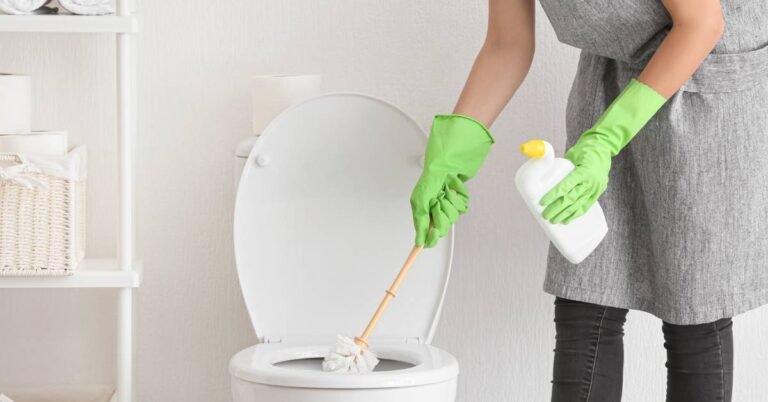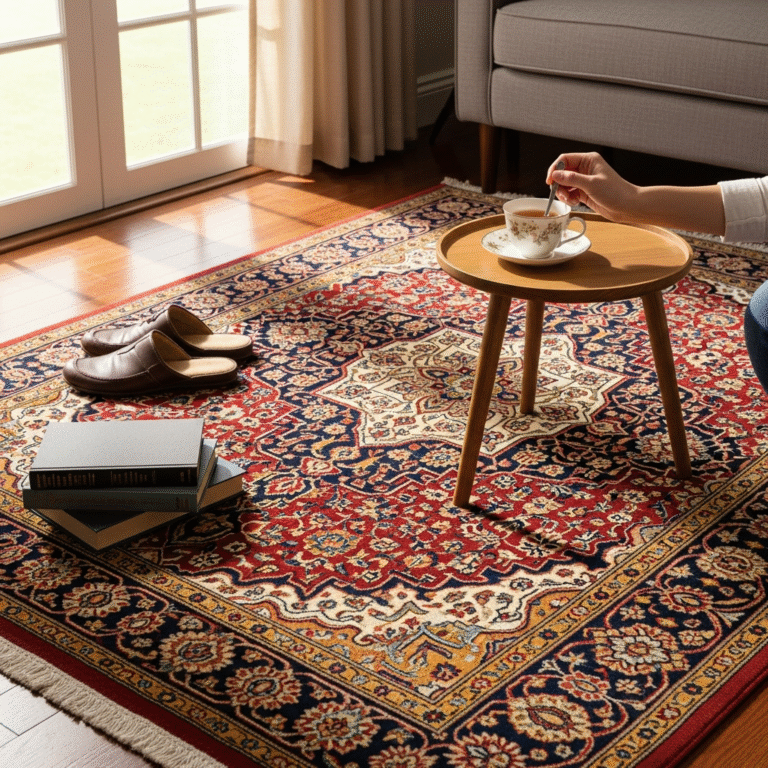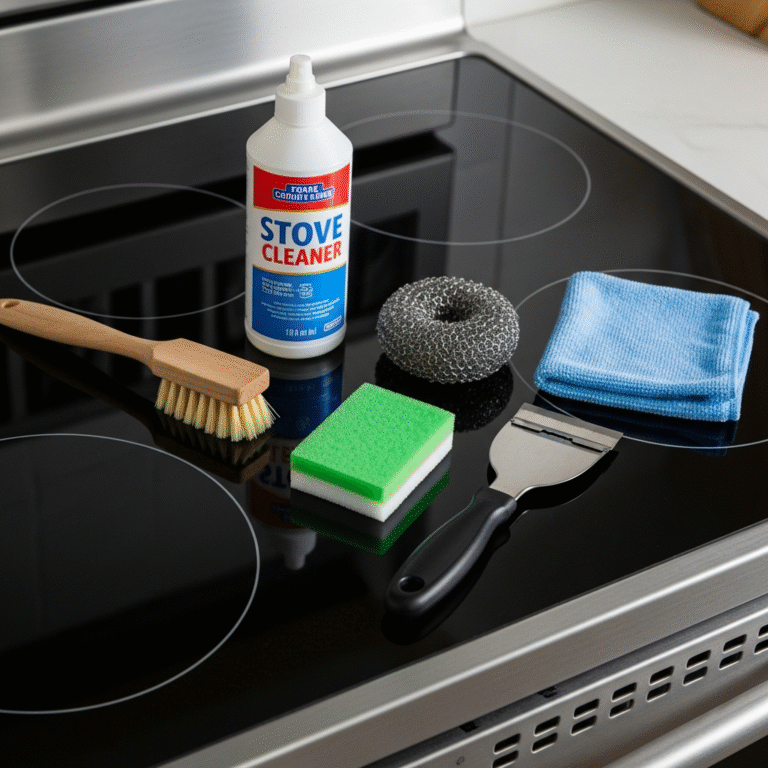Achieving and maintaining a toilet that is perpetually clean and emits a consistently fresh scent is a highly attainable goal, though it requires a structured approach encompassing both diligent deep cleaning practices and steadfast interim maintenance. This commitment not only enhances the aesthetic of your bathroom but also contributes significantly to a more hygienic home environment.
1.Good Gel Product
The foundation of any successful toilet cleaning regimen lies in the careful selection and use of appropriate tools and products. A high-quality, clinging gel toilet bowl cleaner is paramount; its viscosity allows it to adhere to the vertical surfaces of the bowl for an extended period, maximizing contact time and enhancing its efficacy against grime, bacteria, and stains. Complement this with a potent all-purpose disinfectant spray or ready-to-use disinfectant wipes, indispensable for sanitizing all exterior surfaces. The toilet brush itself is a critical instrument; opt for a sturdy model, preferably one featuring an under-the-rim extension or uniquely shaped head designed to reach this often-neglected, problematic area. Bristle brushes offer robust scrubbing power, while some newer silicone models are lauded for being less prone to trapping debris and easier to sanitize. Microfiber cloths are superior to paper towels for wiping tasks; their unique fiber structure effectively traps and lifts dirt particles rather than merely pushing them around, and they are reusable and highly absorbent. Always wear durable rubber gloves to protect your hands from cleaning chemicals and direct contact with soiled surfaces. For particularly stubborn mineral deposits, such as limescale or rust rings, a pumice stone specifically designed for porcelain surfaces can be invaluable; it works by gently abrading the stain without scratching the fixture when used correctly on a wet surface. Alternatively, specialized hard water stain removers, often acidic in formulation, can chemically dissolve these deposits. For those preferring more natural solutions, baking soda serves as a mild abrasive and an excellent deodorizer, while white vinegar, a mild acid, is effective at cutting through soap scum, mineral deposits, and neutralizing odors.
The deep cleaning process should commence with the toilet bowl interior. If your toilet design allows, lowering the water level in the bowl can significantly improve cleaning effectiveness, especially for stains at or below the waterline. This can often be achieved by flushing and then quickly turning off the water supply valve located behind or near the base of the toilet before the bowl fully refills. Apply your chosen clinging toilet bowl cleaner generously, ensuring complete coverage under the rim and along the sides of the bowl. Allow the cleaner to dwell for the manufacturer-recommended time, typically at least 10-15 minutes, or even longer for heavily soiled bowls, permitting the chemical agents to break down waste, kill bacteria, and loosen stains.
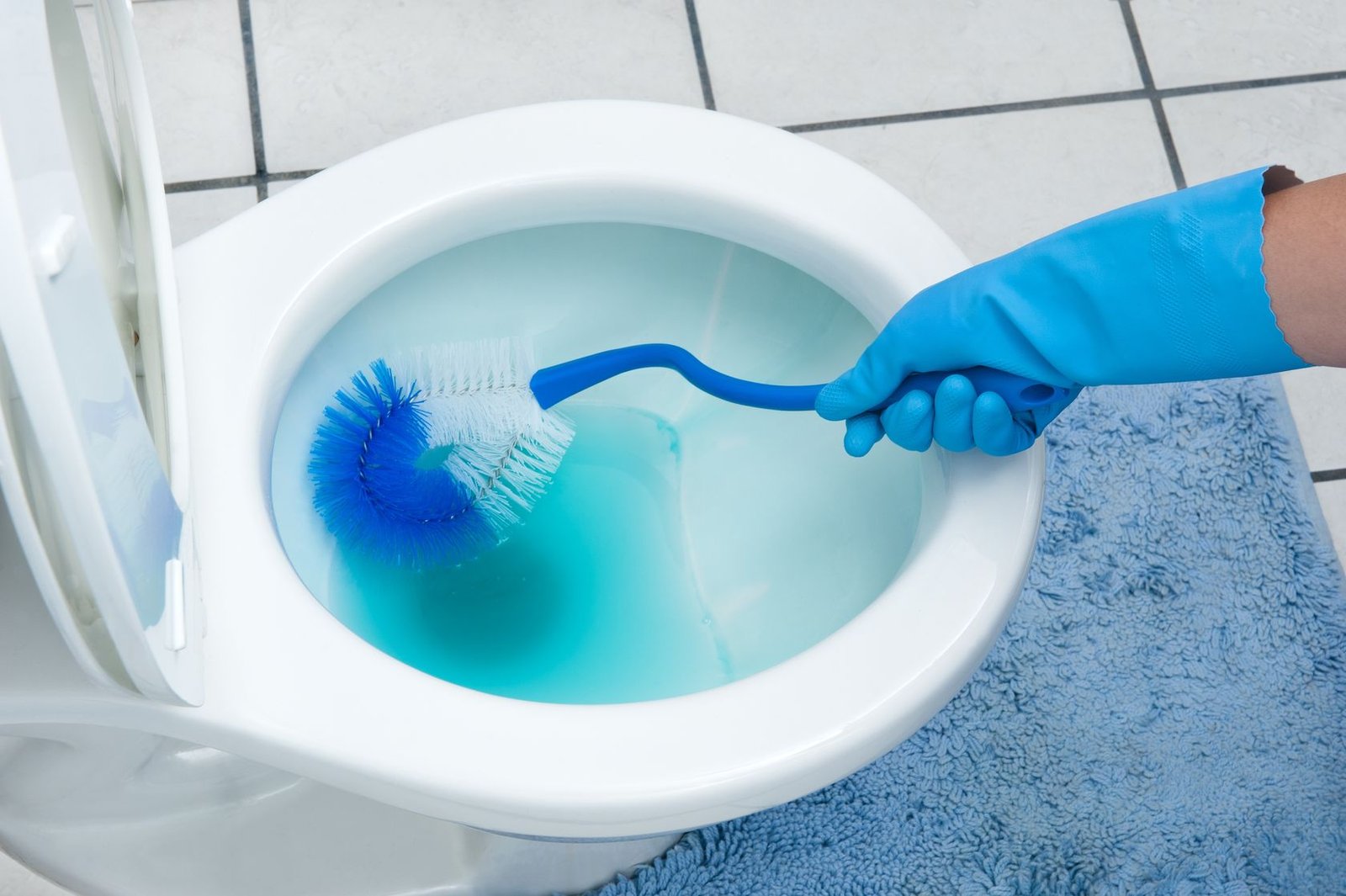
2.Accessories
While the bowl cleaner is activating, turn your attention to the toilet’s exterior. Methodically spray all external surfaces the tank, the lid (both top and underside), the seat (both top and underside, paying special attention to the often heavily soiled underside and areas around buffers), the hinges, the flush handle or buttons, and the entire pedestal down to the floor with your disinfectant spray. The hinges and the crevices where the seat attaches to the bowl are notorious for trapping urine, skin cells, and other debris; an old toothbrush dipped in disinfectant can be exceptionally useful for scrubbing these intricate areas. Wipe all sprayed surfaces thoroughly with a clean microfiber cloth or paper towels, replacing them as they become soiled. Don’t neglect the floor area immediately surrounding the toilet base, as this zone is prone to collecting dust, hair, and splashes.
Once the bowl cleaner has had sufficient dwell time, it’s time to scrub the interior. Employ your toilet brush, starting under the rim and systematically working your way down, covering all surfaces of the bowl. Apply firm, consistent pressure, focusing extra effort on any visible stains or rings. Utilize the under-the-rim feature of your brush to meticulously clean this hidden channel where odor-causing bacteria and unsightly buildup thrive. For stubborn waterline rings or mineral stains that persist after initial scrubbing, gently use a wet pumice stone. Remember to keep the stone and the porcelain surface wet to prevent scratching. After a thorough scrubbing, flush the toilet. As the clean water swirls, rinse the toilet brush in the flushing water. To allow the brush to drip dry effectively and prevent a soggy, bacteria-breeding holder, wedge the brush handle between the toilet seat and the bowl, letting the brush head suspend over the bowl. Once dry, spray the brush and its holder with disinfectant before storing.
Maintaining this level of cleanliness and freshness between deep cleaning sessions requires incorporating simple, regular habits. A quick swish of the bowl with the toilet brush, even without cleaner, on a daily or every-other-day basis can significantly inhibit the formation of biofilm and rings. Keep disinfectant wipes conveniently located for swift wipe-downs of the seat, rim, and handle, particularly beneficial in households with multiple users, young children, or individuals prone to splashes. Ensure your bathroom is adequately ventilated; consistently use an exhaust fan during and after showers and baths to reduce ambient humidity, which discourages the growth of mold, mildew, and odor-causing bacteria. A small but impactful habit is to close the toilet lid before flushing. This practice helps to contain the “toilet plume,” the aerosolized cloud of microscopic water droplets, bacteria, and viruses that can be ejected into the air and settle on surrounding surfaces.
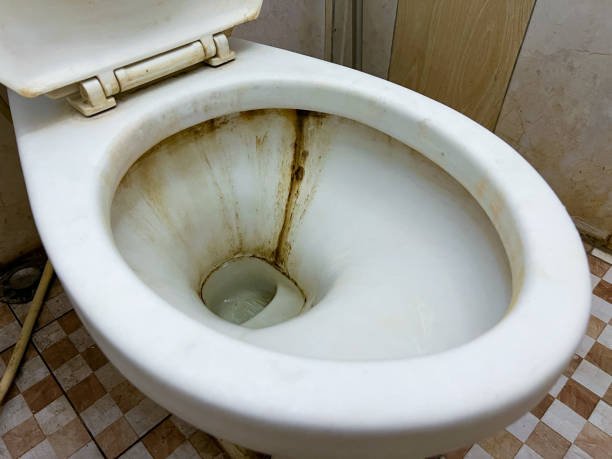
3.Odors
Addressing odors effectively often requires looking beyond surface cleaning. If persistent, unpleasant smells linger despite regular, thorough cleaning, further investigation is warranted. One common culprit for sewer-like odors is a failing or improperly installed wax ring that seals the base of the toilet to the drainpipe; symptoms can include water seepage around the base or a rocking toilet. Replacing a wax ring is typically a job for a plumber. Urine odors can also permeate porous grout lines if the toilet base is not properly caulked or if splashes are not cleaned promptly. Cleaning the grout with a specialized grout cleaner or a paste made from baking soda and hydrogen peroxide can neutralize these trapped odors. Consider applying a quality silicone caulk around the base of the toilet (leaving a small gap at the very back for moisture detection) to prevent future seepage. Less commonly, persistent odors could indicate a clogged plumbing vent pipe.
For ongoing ambient odor control, several natural and commercial options exist. A small, open container of baking soda placed discreetly in the bathroom acts as an effective odor absorbent. A few drops of your favorite essential oil—such as tea tree (for its antimicrobial properties), lavender, eucalyptus, lemon, or peppermint—can be applied to the cardboard core of the toilet paper roll, releasing a subtle fragrance with each turn. Alternatively, a drop or two can be added directly into the clean toilet bowl after cleaning. Some individuals find placing a few drops in the toilet brush holder also helps. Activated charcoal bags are another excellent natural option, known for their superior odor-absorbing capabilities. While commercial air fresheners and toilet deodorizers are available, many simply mask odors rather than eliminating them. Be cautious with in-tank drop-in cleaners or fresheners, as some contain harsh chemicals like bleach that can degrade the rubber and plastic components within the tank over time, potentially leading to leaks or malfunctions.
The toilet tank itself, though often out of sight, can contribute to odors or affect performance if neglected. Over time, sediment, minerals from hard water, or even mildew can accumulate inside. A bi-annual or annual tank cleaning is generally sufficient. To clean the tank, first turn off the water supply valve. Flush the toilet to empty the tank. Use a scrub brush and a gentle cleaning solution (diluted white vinegar or a mild soap solution is often adequate) to scrub the interior walls and bottom of the tank, being careful around the flushing mechanism components. Avoid using corrosive bleach or abrasive cleaners. Once clean, turn the water supply back on, allow the tank to refill, and flush a couple of times to rinse. This is also a good opportunity to inspect the tank components for wear and tear.
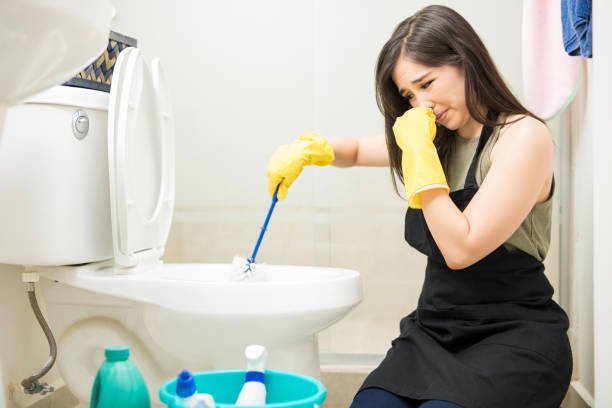
4.Clean And Sanitized Toilet
The coveted state of an “always” clean and fresh-smelling toilet is fundamentally a product of consistency. A comprehensive deep clean might be necessary weekly, bi-weekly, or monthly, depending on household size, usage patterns, and water quality. This deeper effort, however, is made significantly easier and more effective when supported by daily or very regular minor maintenance tasks. Educating all household members on considerate toilet use, such as flushing promptly, aiming carefully, and reporting any issues, also plays a role in maintaining cleanliness. Choosing cleaning products suited to your local water conditions (e.g., using products designed for hard water if you have mineral-rich water) can also prevent specific types of buildup.
Finally, the hygiene of your cleaning tools is as important as the cleaning process itself. Regularly disinfect your toilet brush by allowing it to soak in a solution of disinfectant or a diluted bleach solution (if the brush material is bleach-safe) for about 30 minutes, then rinse thoroughly. The brush holder should also be emptied, cleaned, and disinfected frequently. Cleaning cloths should be laundered in hot water with a good detergent, preferably separate from other items. Store all cleaning supplies in a dry, well-ventilated area, safely out of reach of children and pets.
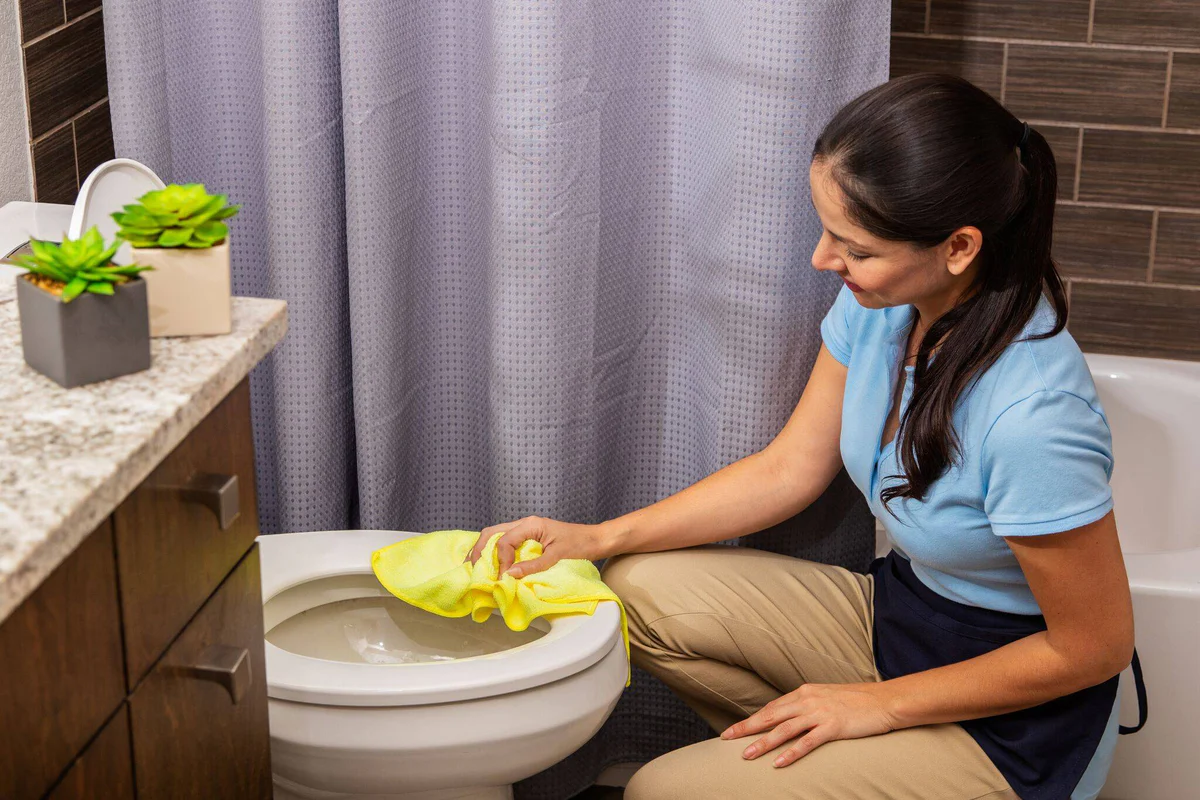
By diligently applying these detailed cleaning techniques and embracing consistent maintenance habits, your toilet can indeed remain an exemplar of cleanliness and freshness, contributing significantly to the overall comfort, hygiene, and appeal of your bathroom sanctuary.
When the demands of daily life make it challenging to dedicate the necessary time to such thorough upkeep, or when you desire an exceptionally deep and professional clean, consider the benefits of a dedicated cleaning service. Toronto Shine Cleaning offers comprehensive residential cleaning solutions, including the meticulous and detailed work required to ensure your toilet, and your entire bathroom, consistently meets the highest standards of cleanliness and smells wonderfully fresh, addressing everything from surface-level sprucing to deep-seated grime and persistent odors.













